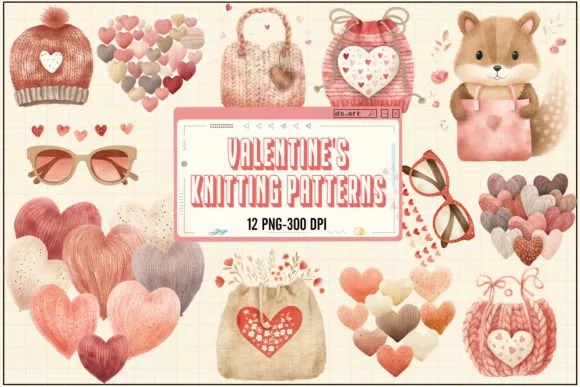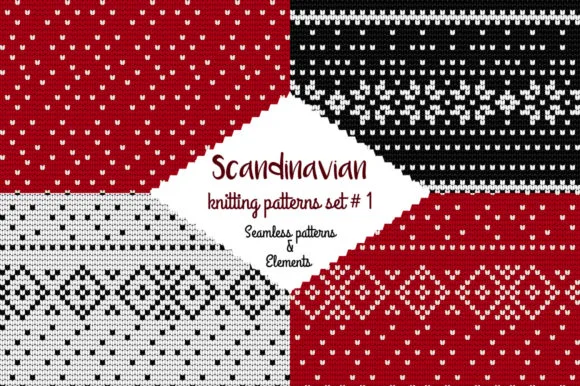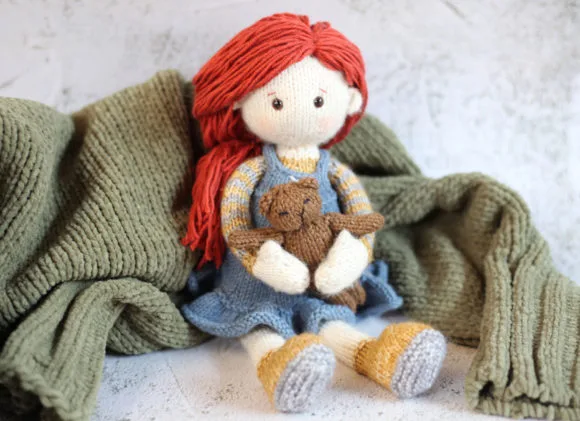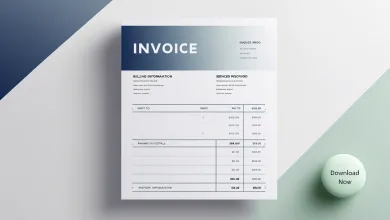The Ultimate Guide to Knitting Patterns: Crafting Your Way to Beautiful Creations
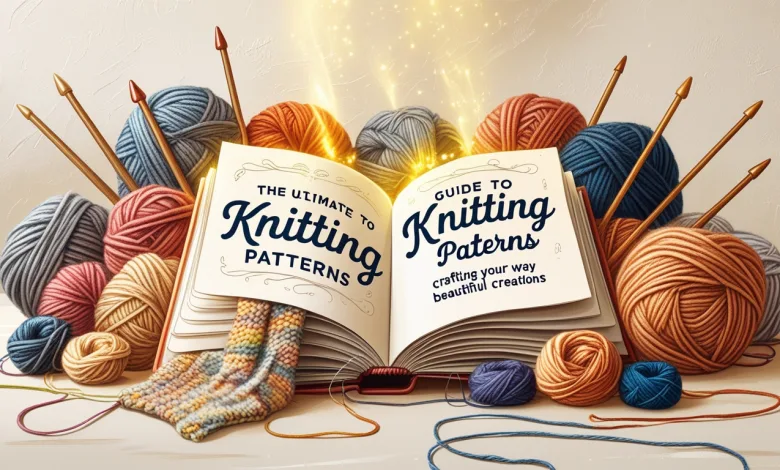
Hey there, yarn enthusiasts! Ready to dive into the wonderful world of knitting patterns? Whether you’re just starting out or you’re a seasoned pro looking to level up your skills, this guide will help you navigate the intricate world of knitting patterns with confidence and creativity.
Understanding Knitting Pattern Basics
Let’s get real – looking at your first knitting pattern can feel like trying to decode ancient hieroglyphics! But don’t worry, we’re going to break it all down. According to the Craft Yarn Council’s 2024 report, understanding pattern terminology is the biggest hurdle for 78% of new knitters.
Pattern Reading Fundamentals
The secret sauce to successful knitting lies in understanding the language. Each pattern has its own way of communicating, but they all follow some basic principles. Think of it as learning a new language – once you get the basics down, everything starts falling into place!
Types of Knitting Patterns
Written Patterns
These are like recipes for your knitting projects. They tell you exactly what to do, stitch by stitch. The Knitting Guild Association reports that 85% of knitters prefer written patterns for their clarity and portability.
Charted Patterns
Oh my goodness, charts are like the GPS of knitting! They show you a visual representation of your project, making complex designs easier to follow. They’re especially popular for:
- Colorwork designs
- Cable patterns
- Lace projects
- Fair Isle patterns
Essential Pattern Elements
Gauge and Sizing
Here’s something crucial – gauge is like the foundation of your knitting house. Get this wrong, and nothing else will fit quite right. According to Vogue Knitting’s 2024 survey, incorrect gauge is responsible for 65% of project failures.
Materials and Tools
Every pattern includes a shopping list of sorts. You’ll need to know:
- Yarn weight and quantity
- Needle size and type
- Additional notions (markers, holders, etc.)
- Optional tools for finishing
Pattern Difficulty Levels
Beginner Patterns
Starting out? Look for patterns that feature:
- Basic knit and purl stitches
- Simple shaping
- Minimal pattern repeats
- Clear, step-by-step instructions
Intermediate Projects
Ready to level up? These patterns introduce:
- Basic lace or cable work
- Color changes
- More complex shaping
- Multiple pattern repeats
Advanced Designs
For the brave souls ready to tackle complex projects:
- Intricate lace patterns
- Complex cable work
- Fair Isle and intarsia
- Advanced construction techniques
Modern Pattern Trends
Digital Pattern Innovation
The knitting world has gone digital! The Digital Crafting Association reports that 72% of knitters now use digital patterns or pattern apps. This shift has brought exciting developments:
- Interactive pattern tracking
- Video tutorials integration
- Real-time pattern updates
- Community support features
Sustainable and Inclusive Patterns
Modern patterns are embracing sustainability and inclusivity. We’re seeing:
- Size-inclusive designs
- Eco-friendly yarn suggestions
- Adaptive knitting techniques
- Gender-neutral styling options
Pattern Modification and Customization
Size Adjustments
Let’s talk about making patterns work for YOU. According to the International Knitting Design Council, 92% of knitters modify patterns to some extent. Here’s what to consider:
- Understanding size grading
- Calculating stitch modifications
- Adjusting shaping elements
- Maintaining pattern proportions
FAQs About Knitting Patterns
Q: How do I know if a pattern is right for my skill level? A: Look at the techniques required, read through the entire pattern, and check if it includes techniques you’re comfortable with or ready to learn.
Q: Can I substitute yarns in a pattern? A: Absolutely! Just make sure to match the yarn weight and check your gauge. Different fibers may affect drape and final measurements.
Q: What do I do if I find a mistake in the pattern? A: First, check for pattern errata on the designer’s website. If none exists, reach out to the designer or consult knitting communities for help.
The Future of Knitting Patterns
Get excited, because the future of knitting patterns is bright! According to the Fiber Arts Forecast 2024:
- AI-assisted pattern generation is on the rise
- Augmented reality pattern visualization is developing
- Sustainable and traditional technique revival is growing
- Community-driven pattern development is expanding
Final Thoughts (The Journey Continues)
Knitting patterns are your roadmap to creating beautiful, handmade treasures. Whether you’re working through your first scarf or designing intricate sweaters, understanding patterns is key to your knitting success.


